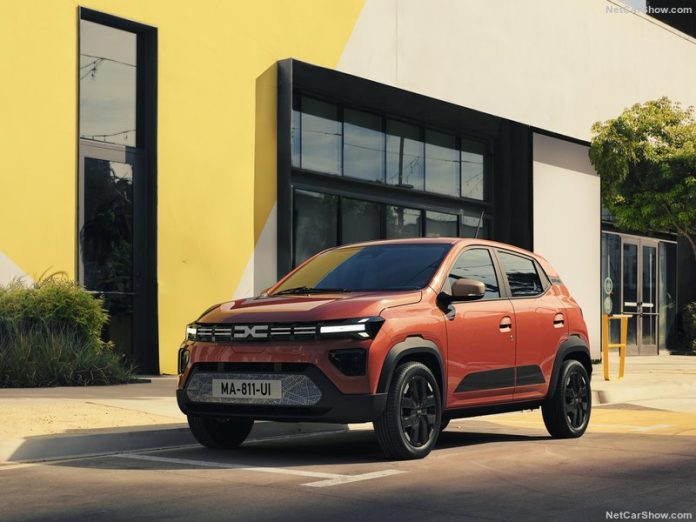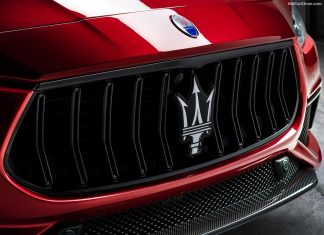Moroccan Vehicle Market in 2024 slightly decreasing. Sales throughout March reach 12,017 (-7.2%). After Q1, registrations were at 33,639 units (-5.5%).
Market Trend and Outlook
Recently released preliminary national accounts data showed the economy expanded 2.4% year on year in the third quarter, marginally up from Q2’s 2.3% rise. The result revealed resilient growth in the face of September’s devastating earthquake, which claimed the lives of nearly 3,000 people and caused widespread damage. The mild growth acceleration was largely driven by the agricultural sector.
In fact, the Moroccan Vehicle Market reported 12,017 registrations in March (-7.2%). Q1 sales up to 33,639 sales, down 5.5%.
Looking at cumulative data from 2024 brand-wise, Dacia is still the leader with 9,024 sales (+13.5%), followed by Renault at 4,659 (-15.0%), Hyundai at 2,658 (-41.4%) and Volkswagen at 1,864 (-13.9%).
Opel jumps 1 spot into 5th with 1,788 sales (+24.9%), in front of Fiat -up 2 spots- at 1,652 (+39.1%), and Toyota at 1,400 (+4.7%).
Kia gains 2 spots ranking in 8th spot with 1,194 registrations (+8.7%), followed by Audi -up 2 spots- at 1,120 (+19.4%), and Citroen -down 1 spot-, closing the Top 10 with 1,081 new registrations (-7.1%).
Looking at specific models the Dacia Logan is the new best seller in the rankings while gaining 31.5% in year-on-year volume, followed by the Dacia Sandero up 9.9%.
Medium-Term Market Trend
The Moroccan light vehicle market from 2010 to 2014 fluctuated between 105,079 in 2010 and a peak of 118,438 in 2012. In 2015 started a positive trend that would continue until 2018 where sales ended at 159,317. In 2019 light vehicle sales began to fall down to 154,174.
The negative momentum continued into 2020 with the market falling 19.0% to 124,829, partially due to the arrival of the pandemic.
Luckily the light vehicle boomed in 2021 reaching the current all-time high at 175,435 (+40.5%). The market rebounded in 2022 and registrations are projected to fall 5.0% to 166k by the end of the year. A combination of factors are behind the current industry struggle: the disruption in the global supply chain caused by a lack of raw materials, in particular for the production of microchips and Governments push towards Evs, an expensive alternative for low income consumers.
Tables with sales figures
In the tables below we report sales for top 10 Brands.











